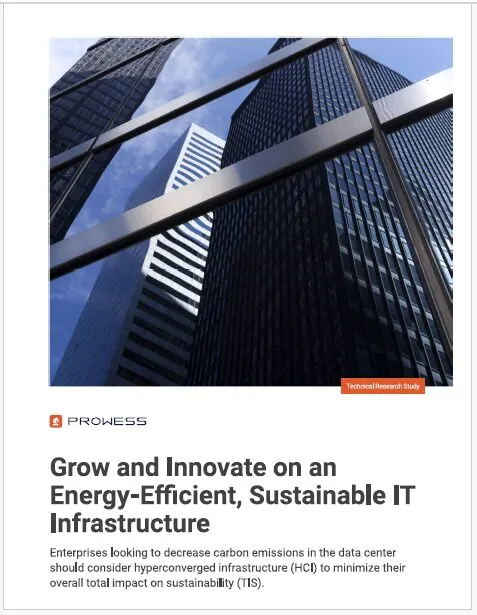Virtual reality is now a real option in the twenty-first century. There are more than 171 million virtual reality users across the globe. The global market of virtual reality is worth $16.8 billion.
Have you ever wondered why virtual reality is so popular and how renowned brands have made VR their primary marketing strategy?
Why Is Virtual Reality Popular?
- It improves our lives through full sensory immersion.
- It is going to commence the rise of virtual social networks.
- It augments the ability to learn complex things.
- It provides ground for difficult circumstances.
- It augments accessibility through a lower-price budget.
Marketing has always been a crucial part of any business. Whether you own a business start-up or a renowned personal brand, you’re always trying to devise effective content marketing strategies using cutting-edge technology. Those days are long gone when traditional marketing was enough to take your business to its full potential. Now, marketers are taking one step further and using the 3D virtual reality and augmented reality to create effective content marketing strategies.
Your content marketing strategies need to be captivating and convincing. The real question is, “How can you make your content marketing strategy captivating and convincing?” Through real-time experience and real-time experience can only be leveraged through 3D virtual reality.
Create Killing Content Marketing Strategies Using 3D Virtual Reality
Generally, there are four Virtual reality experiences that you can create. Several programming languages are used to create an innovative virtual reality experience. Before learning how to create a 3D virtual reality content marketing strategy, here are the four 3D virtual reality applications that we’d like you to get familiar with:
Leverage Live Videos:
By creating an action video live in virtual reality, you can allow your consumer to see the virtual reality videos from your perspective or from a unique selling point of view. This creates the illusion that your consumers are there in the videos, hence improving the marketing strategy.
Live Photos Works:
Live photo sessions now serve as a winning marketing tactic among different marketing scenarios. Marketing your products in 360-degree photos really put a lasting impression and are one of the best ways to engage more users without spending much on production.
Make 3D Virtual Reality Videos:
3D Virtual Reality Videos is animating or creating services and products that you can use further to market products in a better way. It basically allows the user to see the product or the impact of the service in a 3-dimensional plane giving a real-life demonstration. Your consumers definitely need 3D virtual reality videos to understand your products’ concept and to evaluate your services from a first-hand consumer point of view.
3D Models:
You can also design a 3-dimensional model of your product and services – another unique way to stay one step ahead of your competition. This allows your customers to view your product from every angle with live demonstrations. Your consumers will be able to examine every nook and corner of your product, from top to bottom with their virtual reality headsets or their smartphones.
Keep Your Audience in Mind:
First, you need to see insights about your regular consumers and how they interact with your products. Do they see through your daily vlog or through the webinar? If yes, then you can take the same concept and integrate it with virtual reality to enhance your content marketing strategy.
For instance, if your medium of sharing content is Facebook, you can use the concept of virtual reality videos to post content on Facebook Spaces.
The main notion of creating your content marketing strategy is not just creating content but also creating an experience. Your aim should be to create immersive and impressive content for your consumers so that they can have an in-depth view of the products and services that you are providing.
Future of Virtual Reality:
Applications of virtual reality are going to be consolidated into two forms in the mean future. Standalone units and tethered systems. Standalone units are going to house all systems while tethered systems will comprise of wearable virtual reality objects.
In the future, virtual reality and augmented reality are expected to provide customized well-designed and accessible experiences, even in the content marketing industry. In fact, 69% of the respondents, business holders, and stakeholders have predicted that virtual reality will take over in the next 5 years.





